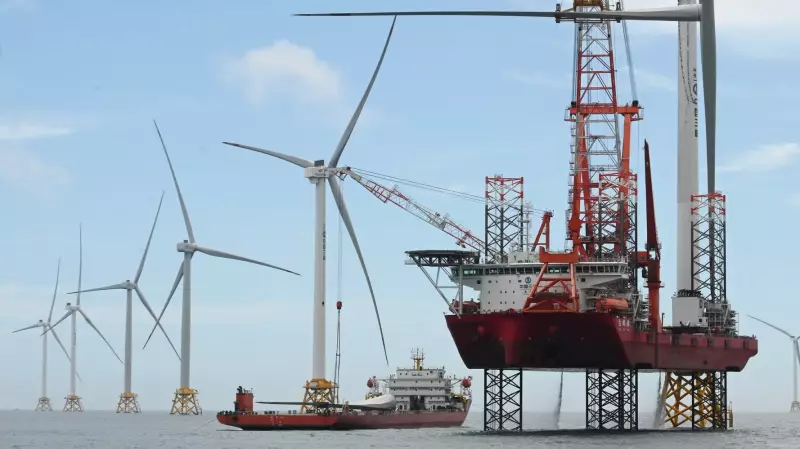
China's carbon dioxide emissions have remained unchanged for six consecutive quarters, extending a significant 18-month period without growth, according to a recent analysis conducted for climate publication Carbon Brief.
Extended Emissions Plateau
The analysis by Lauri Myllyvirta of the Helsinki-based Centre for Research on Energy and Clean Air reveals that China's CO2 emissions showed no year-on-year increase in the third quarter of 2025. This trend began in March 2024 and represents the longest period of flat or declining emissions in recent history.
If this pattern continues without a year-end surge, China could see an overall reduction in carbon emissions for the full year. This development follows a modest 0.8% increase in CO2 output earlier in 2024, which analysts attributed to post-pandemic economic recovery.
Sectoral Shifts and Clean Energy Progress
The transportation sector demonstrated notable improvement, with emissions falling by 5% during the third quarter. Meanwhile, the power sector maintained flat emissions despite electricity demand growing by 6.1%.
Remarkably, approximately 90% of this increased electricity demand was met by renewable and nuclear sources. Generation from wind, solar, nuclear, and hydropower expanded significantly, while natural gas also contributed to reducing coal's share in the energy mix.
Chemical Industry Offsets Gains
The positive trends in transportation and power were partially offset by rising emissions from China's chemical industry. Plastic production surged by 12% during the January-September period, driven largely by increased domestic demand from food delivery services and e-commerce.
The analysis also identified two additional factors driving chemical sector growth: increased domestic production of polyethylene in response to trade tensions with the United States, and government policies encouraging refineries to shift toward chemical production as transportation fuel demand declines due to electric vehicle adoption.
In September, the Chinese government made its first commitment to reduce emissions, pledging to cap carbon output by 2030 and subsequently reduce emissions by 7% to 10% from that peak by 2035. However, European Union Climate Commissioner Wopke Hoekstra characterized these targets as disappointing, suggesting they fall short of broader international expectations.
The changing global climate leadership landscape, particularly the United States' reduced engagement under President Donald Trump, presents opportunities for China to assume a more prominent role in international climate negotiations. This shift comes as the UN COP30 climate summit commences in Brazil.





